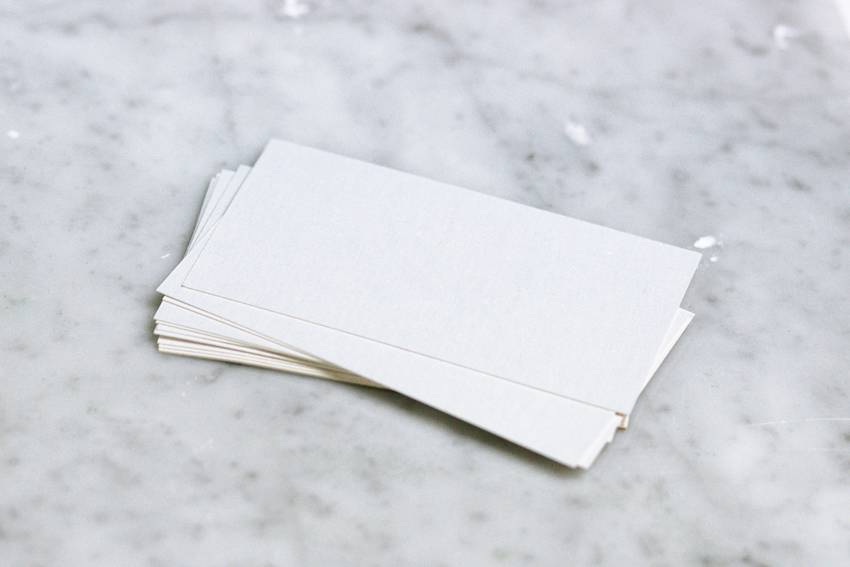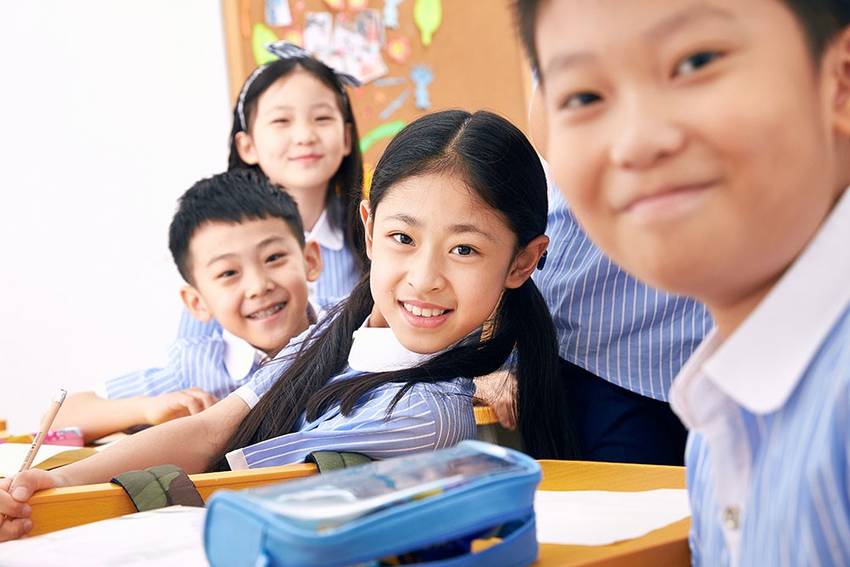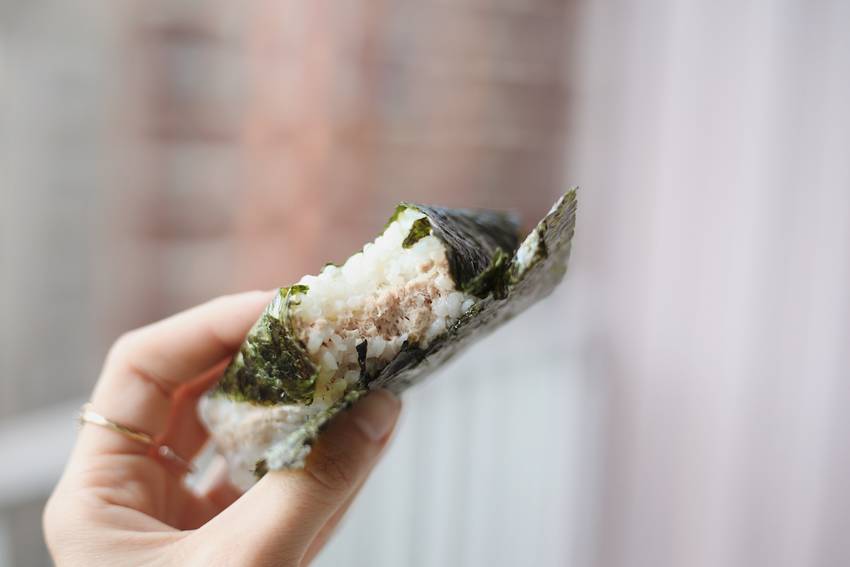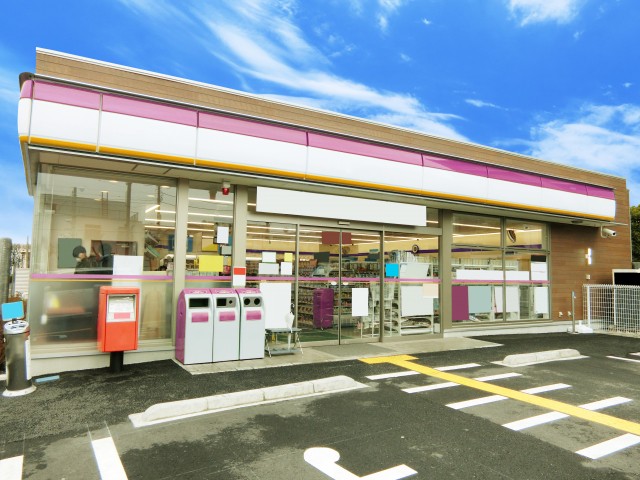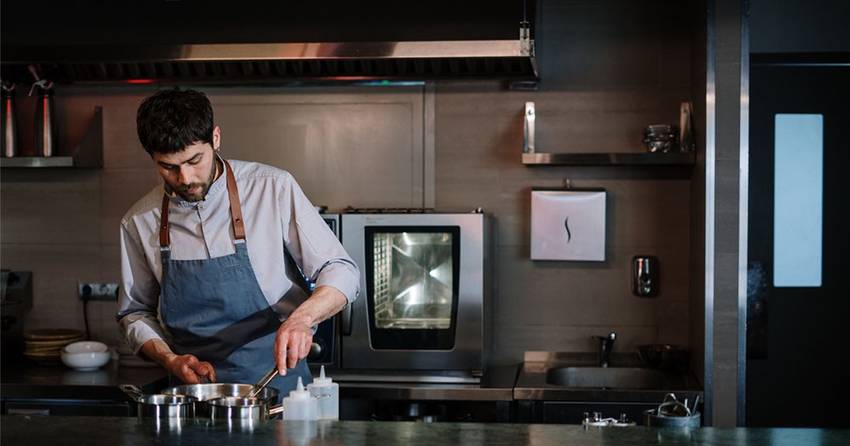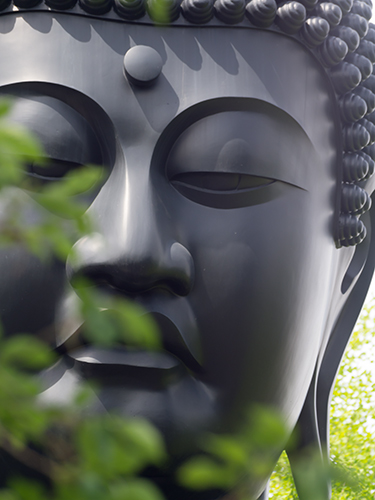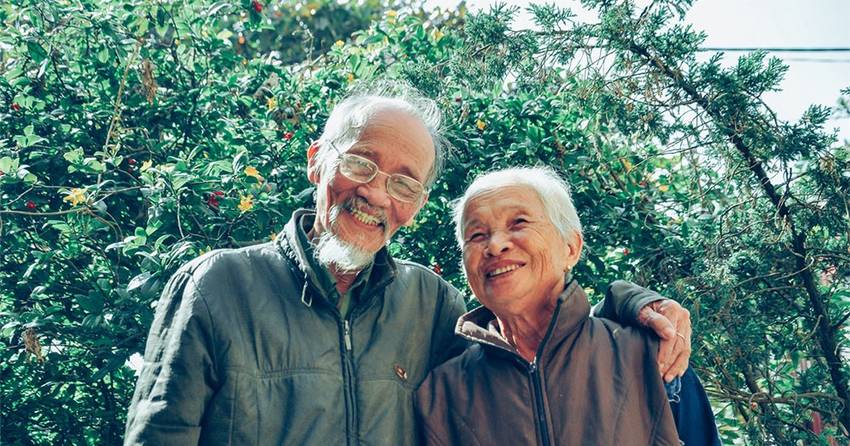Nihon'ichi ōi myōji wa "Satō", ni i wa "Suzuki", san i wa "Takahashi" da sō desu. chinamini, Amerika de ichiban ōi myōji wa "Smith" desu.
The most common surname in Japan is "Sato", the second is "Suzuki", and the third is "Takahashi". Additionally, the most common surname in the United States is "Smith".
sign up for the Japanese-Online Newsletter
__..-・**・-..__..-・**・-.._ あいうえお かきくけこ さしすせそ たちつてと なにぬねの はひふへほ まみむめも やいゆえよ らりるれろ わゐうゑを ん __..-・**・-..__..-・**・-.._
#JapaneseOnline #LearningJapanese #FreeJapaneseLessons #JapaneseVideoLearning #JapaneseAnime #Anime #JapaneseFood #Bloguru

